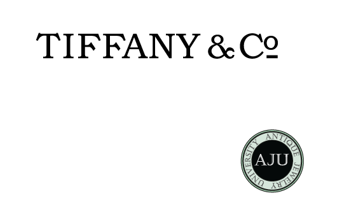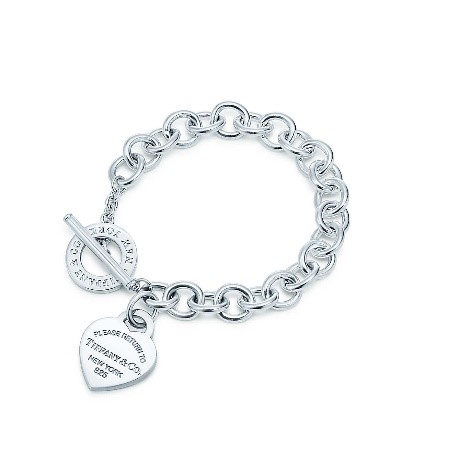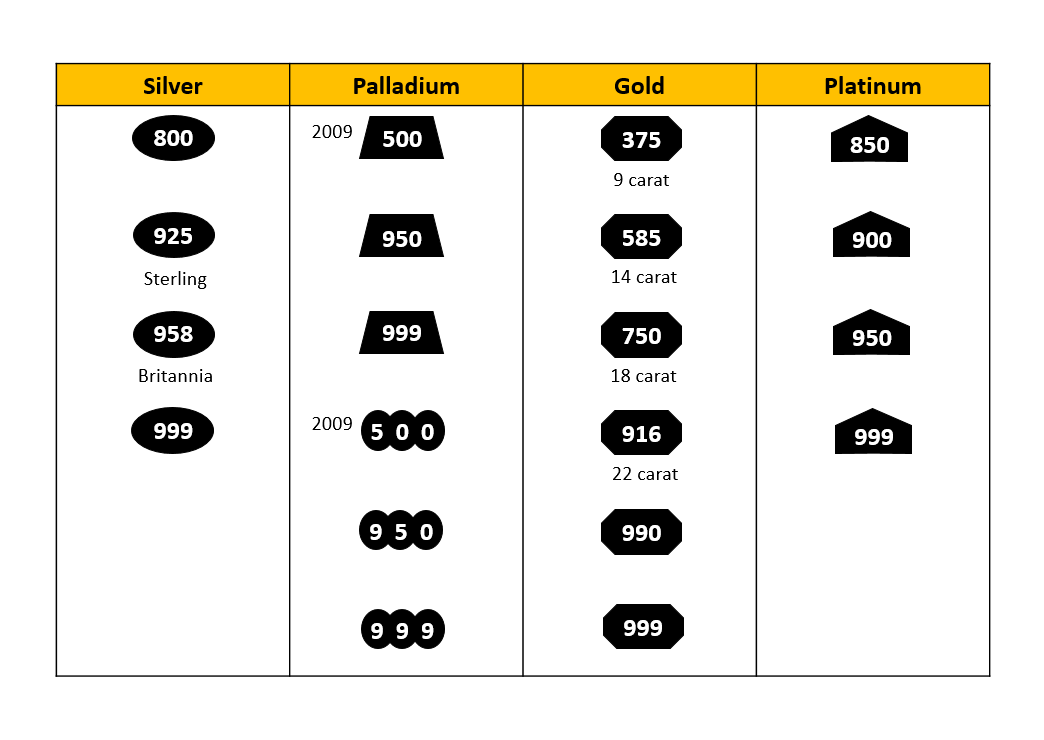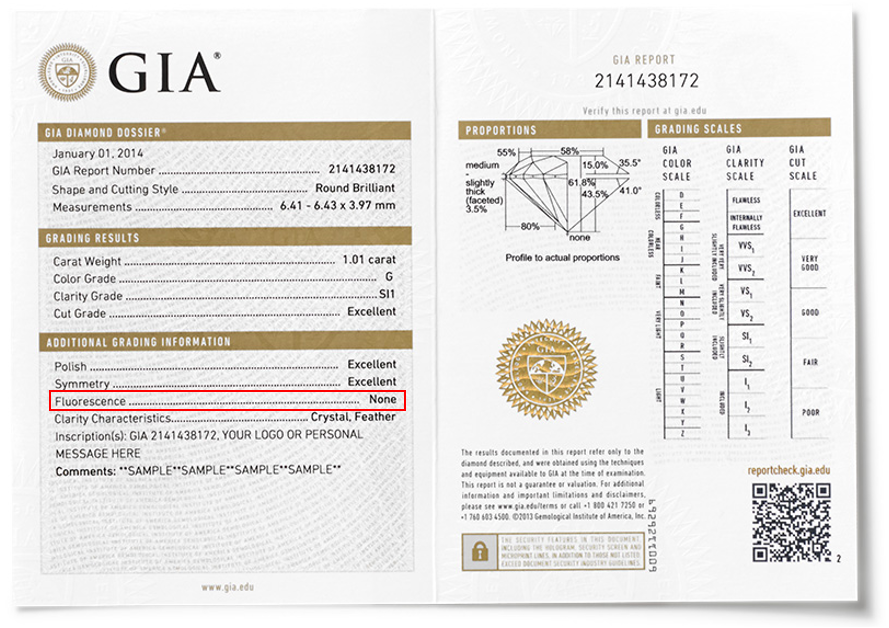This article has mentions of products from one or more companies, and I may receive compensation if you purchase those products following reading my recommendations.
We cherish diamonds not only for their beauty but for their coveted rarity and the unique properties that they display. Scintillating, sparkling and one of the hardest wearing materials available in the natural world, they are the perfect choice for jewelry that is created to last a lifetime.
Over the years, concerns have arisen surrounding the authenticity of diamonds; as the quality of cubic zirconia continues to improve and the popularity of Moissanite continues to grow, the lines for an untrained eye have blurred.
However, there are steps can be followed both during the purchasing of diamonds, and indeed to test gemstone items that are already in your possession, for their authenticity.
The focus of this article will be to determine the authenticity of gemstone jewelry that you already own. However I will also advise on the initial purchase of a diamond/gemstone.
So, whether it’s to avoid the heartache of buying a fake, or to close the book on the mysteries surrounding a family heirloom, I am going to take you through a complete guide of how to tell if a diamond is real, or a fake.
Buying a Real Diamond
There are no great secrets when it comes to the purchase of a diamond - only knowledge and education. I have heavily emphasized the importance of diamond certification in all my articles. This is not a clever ruse by the diamond world to encourage you to pay more, in fact, it is quite the opposite.
Diamond certifications are completed by non-biased, out of house experts. They are in place to protect the consumer and add prestige to the diamond.
The fundamentals involved in buying a real diamond in today’s market are simple:
- Certification is everything. If you use this as your starting point, everything will fall into place. I would always recommend AGS or GIA, who are the most internationally recognized gemological institutes in the world.
- Ask for paperwork. Whether this is a copy of the certificate, a Kimberly certificate or any other kind of paperwork, make sure you have seen these prior to any purchase.
- Stick to established diamond houses. Use my recommendations or any other legitimate suggestions that you find to begin your search. While the temptation to use a second-hand source or lesser known dealer may be appealing, it will be extremely difficult for an untrained eye to assess the authenticity or quality of any stones.
Testing a Diamond at Home to See if it is Real or Fake
There are some tests that you can do at home now to assess whether your gemstone is a real diamond.
The Fog Test
Also known as the breath test. A diamond can disperse heat very quickly, and this is an easy way to test if your gemstone possesses this property.
Simply breathe on your diamond to fog it as you would a mirror or window. If the fog quickly dissipates, the stone is more likely to be a real diamond. A fake stone will not clear as effectively, and the more you breathe on it, the more clouded and foggy it will become. The condensation will build on a fake diamond but will be unable to form on a real diamond.
If your gemstone is very small, it may be difficult to truly see what is happening. In this instance, I would recommend using an eyeglass where possible and validating your stone with further tests.
The Read Through Test
This test works most effectively on a loose, round brilliant diamond. It tests the refractivity of a stone (the way the light is fractured and scattered).
Place the diamond flat-side down over a newspaper with lots of lettering. If the diamond is a fake, the letters will still be visible through the stone, even if they are slightly blurred. A true diamond has many facets that will refract the light in different directions, making the letters impossible to read.
Be sure to perform this test in a space with plenty of light, where there is no chance of a shadow casting over the stone and affecting the result.
The Water Test
This is perhaps the simplest test, but will only work with a loose gemstone.
Fill a tumbler ¾ of the way full with tap water. Carefully drop the stone into the glass. If it is a real diamond, it will sink due to its high density. If it floats, it is a fake.
Understanding Settings, Metals & Mounts
Another way to tell if a diamond is real is by examining the setting. A real diamond should always be set in high-quality metals such as white, rose, yellow gold or, of course, platinum. Look for mounts which indicate stability and durability. Often, cubic zirconia rings will have flimsier claws or will be set in silver. There will be less care taken to ensure the security of the stone.
Over time, claws can become loose; this is why I always recommend having your jewelry settings checked at least once a year.
Understanding how to identify the metal of your jewelry is also a great skill to have. As well as helping you assess the authenticity of the stone, it is also a great indicator as to the potential value of a piece of jewelry.
If the metal is gold, it may be expressed in karat weight. For example, 14K to indicate 14 karat gold, 18K for 18 karat gold and so on. Platinum is sometimes marked at PT. A marking of CZ means cubic zirconia.
Hallmarking
The piece of jewelry may also be hallmarked. A hallmark is a mark or series of marks made on an item that indicates the presence of a noble metal. A standard hallmark is normally denoted by a minimum of three compulsory marks: a sponsor’s mark, a finesse mark, and an assay office mark.
A Sponsor’s Mark
This is the registered mark of the company that submitted the item for hallmarking. It is sometimes referred to as a ‘stamp’ or ‘makers mark’. It usually contains the name or initials of the company.
The most famous example of a maker’s mark can be seen in Tiffany & Co. sterling silver jewelry, where the signature stamp has been used as a feature in their ‘Return to Tiffany & Co.’ collection.


A Finesse Mark
A finesse mark expresses the purity and metal content in parts per thousand.

The shape indicates the type of metal that is present, while the number displays the content of the metal.
An Assay Office Mark
This denotes the unique mark used by the office that tested and hallmarked the article.

These marks tend to vary from country to country. However they can usually be traced and searched using online archives, or by visiting a specialist jewelers or antique shop.
Here I used the British Assay marks as illustrations as they are the most common to see in examples of antique items. This is because many countries, including the USA, do not have an official hallmarking system. Tiffany & Co. is one of the exceptions to this rule, as they have their pieces sent to London to be marked.
Understanding the markings on a piece of jewelry will not directly indicate whether your diamond is real, but it will certainly give you a better idea as to the overall value and quality.
Heat up the Stone
Unlike a fake, a real diamond is unresponsive to extreme heat. For this test, hold the stone in a pair of pliers above an open flame for around 40 seconds. Once removed from the heat, plunge instantly into a glass of cold water. A real diamond will disperse the heat quickly and be unaffected by the drastic temperature change. A fake will crack or shatter.
***Beware of the Scratch Test***
A popular misconception is that you can tell if a diamond is real by scratching is against a mirror. The mirror will be scratched, with the diamond will remain perfect. Cubic Zirconia, Quartz, Sapphire and Moissanite are all higher than glass on the Mohs Scale, and will therefore give the same reaction as a genuine diamond. For this reason, the scratch test is not an effect way to test for a diamond.
Expert Tests for a Real Diamond
I would recommend that home tests are used as step one for testing your stones. For example, you may identify the diamond as a definite fake (floats in water, is marked with CZ, etc.); however, if one or any of the tests are inconclusive, you should always visit an expert for the definitive answer.
Thermal Conductivity Probe
Gemologists, jewelry shops, and pawn shops will often have a thermal conductivity probe. This measures how effectively the stone being tested can disperse heat. The needle of the tool is simply pressed against the stone and will give a reading as to its authenticity.
This is an extremely effective method for testing whether a diamond is real. However Moissanite has been known to give inconclusive results under thermal conductivity probe. Again, I would always recommend several test methods to be sure.
The UV Light Test
You may have noticed that many diamond certificates carry a grading for fluorescence:

This is because a real diamond will often emit a soft blue glow when placed under a UV light. This test will work on some diamonds with a standard UV light. However gemologists have more advanced equipment for testing fluorescence.
Fluorescence is seen as a defect in diamonds; a colorless diamond (D-F) is unlikely to present a strong glow beneath a UV light and subsequently carries a higher price tag. For this reason, this test may be inconclusive in some cases, as colorless diamonds will not glow beneath a UV light but are still genuine. You can read more about diamond fluorescence here.
Inspecting the Stone with a Jewelers Loupe
A jeweler’s loupe is a small eyeglass that gives a powerful, magnified view of a diamond. It can see inclusions and other unique marks within a diamond. Most fakes will be perfectly clear, as they are created in lab conditions and oppose to within nature.
It may also be worth asking if your local jewelers own a laser inscription viewer. Many certified diamonds will have a unique number, laser in scripted on the girdle. This number will match up to a certificate. Even if you no longer have a copy of the certificate, identifying an inscription number may allow you to trace the report online.
The GIA no longer offer duplicates for missing or lost diamond certificates. However, if you have enough information, you can still search for the report online and download it as a PDF.
Get an X-Ray Examination
An x-ray must be able to differentiate between skin, tissue, and bone. As a diamond is made entirely of carbon (which makes up a percentage of skin and tissue), it does not show up brightly on an x-ray. This is because it has a low atomic number (Z=6) and does not block the x-rays as efficiently.
However, cubic zirconia contains zirconium, which has an atomic number of Z=40. Therefore, like bone, it blocks the rays and shows up brightly on an x-ray.
Get to Know the Imposters
Understanding how diamond alternatives look can help you differentiate between them. Initially this may seem an impossible task; after all, the purpose of these synthetics is to display as many qualities of a diamond as possible. However, they simply cannot replicate the unique sparkle of the real deal.
Buying through reputable jewelers is the only way to ensure the authenticity of your new diamond. However, you should not be shy away from purchasing your diamonds online for competitive pricing. Online jewelers like Blue Nile, James Allen and Whiteflash are the leaders in selling diamonds.
Click here if you’d like further advice about buying a diamond online.
Moissanite
Moissanite is by far the most convincing diamond imitator in the world of jewelry. With a Mohs Scale score of 9.25, it is just 0.75 behind a real diamond which scores a 10. This synthetic is so convincing that even a thermal conductivity probe, or ‘diamond tester’ struggle to tell the difference.
There is a little trick that may help you begin to identify Moissanite by eye. It begins with an understanding of color and sparkle.
Moissanite handles light very differently to a diamond. A diamond has a greater ‘brilliance’ than Moissanite. This means it reflects white light back to the eye. Think more of lots of little white sparkles that dance, rather than large flashes of light. Moissanite, on the other hand, gives more of a ‘disco ball’ effect. This is known as ‘fire’. It throws a rainbow of colors with long bright flashes. This effect is known as dispersion.
When held side by side beneath a bright light, the differences between a real diamond and this convincing synthetic are much clearer. Although it is not a fool-proof test, it allows you to build a picture of the unique properties of a diamond.
A Real Diamond – Bright white light, clear sparkle and white surface sparkle (scintillation)
Moissanite – Rainbow light displays, higher dispersion and ‘disco ball’ effect
If you have tried all the other tests and are still unsure, the only way to truly test between a diamond and Moissanite is to ask an expert to perform an electricity conductivity test.
Cubic Zirconia
Like Moissanite, a cubic zirconia has a higher dispersion rate than a diamond. In addition, it tends to reflect an orange-tinted light as opposed to the true white that is desirable.
The main difference between cubic zirconia and diamond is the lack of birthmarks or inclusions. This is strikingly evident under a microscope but can also been seen by using a jeweler’s loupe, and sometimes just by eye.
A cubic zirconia does not have the same durability as a diamond, scoring 8/8.5 on the Mohs scale. While it is still a hard material, it is much more likely to chip or shatter than a diamond.
White Sapphires
Although beautiful and precious in their own right, white sapphires do not offer the unique sparkle of a diamond.
Their structure means they do not display the same light and dark patterning of a diamond. They will have a blurred appearance and lack the sharp, glittering facets that we see in a diamond.
A sapphire does not have the same fire, brilliance, or scintillation as a diamond. Sapphires are usually chosen for their durability (9 on the Mohs Scale), and the clarity of their color. For this reason, a sapphire will have a more glass-like appearance, and will not give the same range of sparkle and light return as a diamond.
The Final Word on Real Diamonds
These tests are not old wives’ tales. They are built on foundations of chemistry, physics and an understanding of the unique properties that a diamond possesses.
That said, I would not suggest you take any single test as gospel. Rule out potential fakes with simple tests at home first, but if the result is still unclear, always consult with a diamond expert to get the definitive answer.
Although it may be tricky to tell at first glance, the more you familiarize yourself with the appearance of diamonds, and indeed of their impersonators, the easier it becomes to identify the subtle differences. This is particularly true of larger stones.
Whether beneath the trained eye of an expert, or simply the adoring eye of an enthusiast, one thing is certain: a fake cannot and will never come close to the sparkle of a real diamond.
